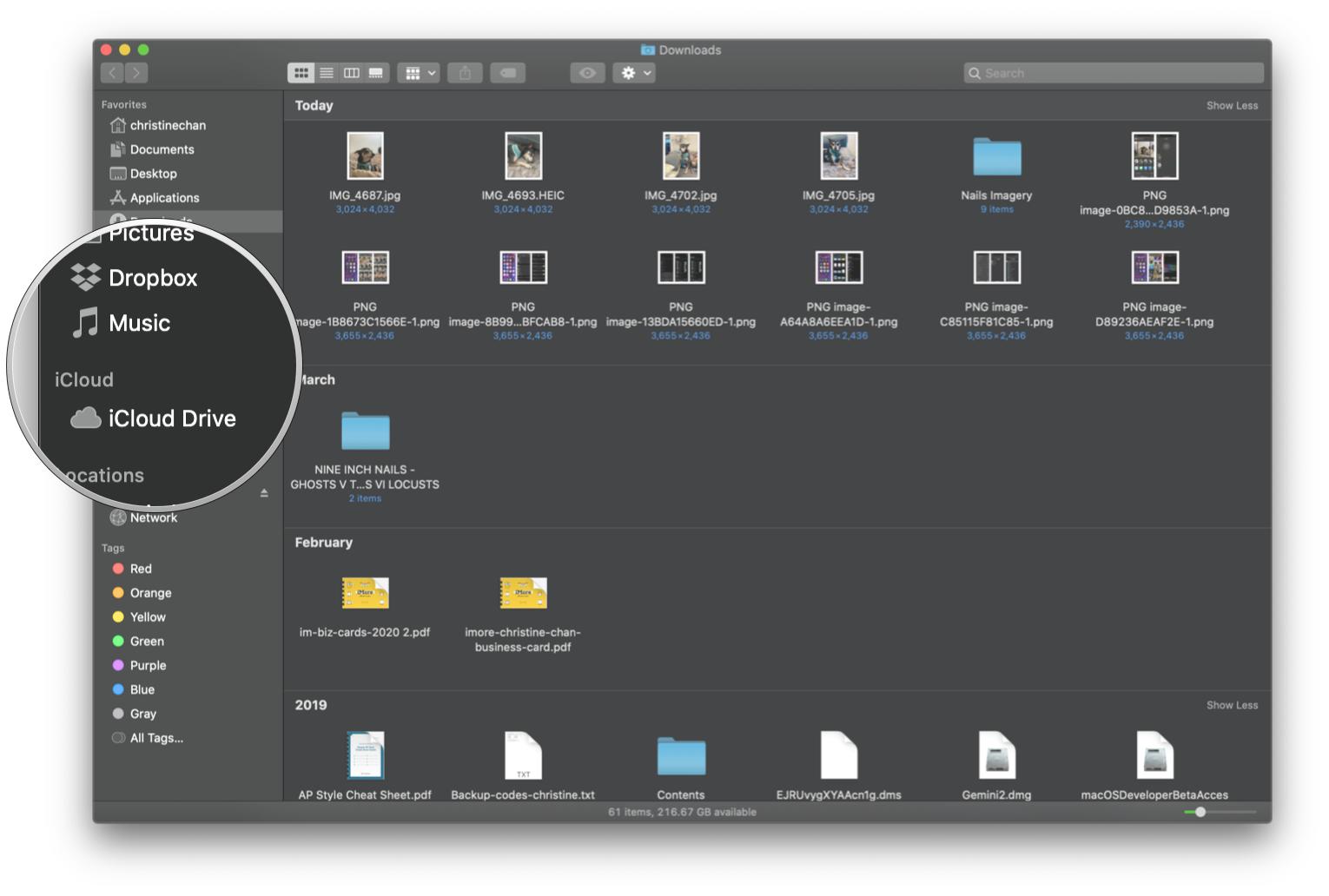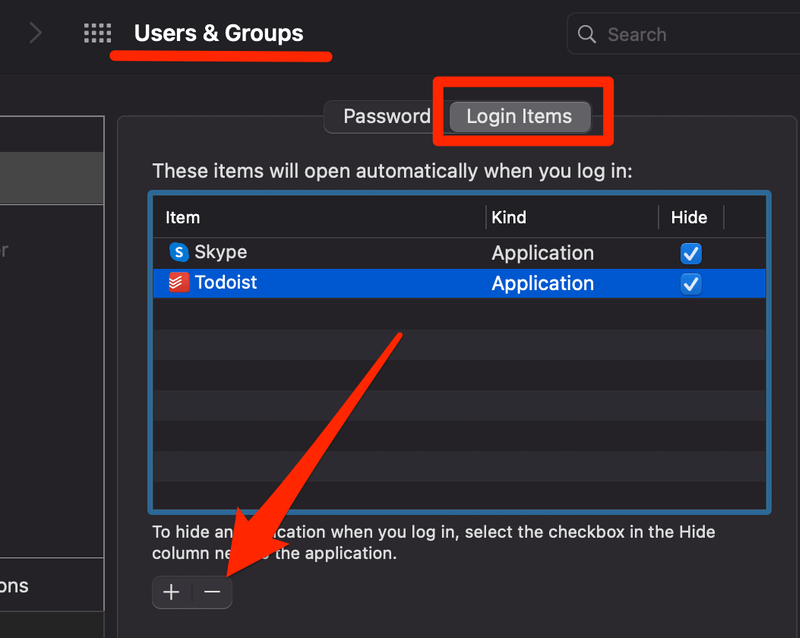
Turn on Finder integration. If you're on OSX 10.10 or higher, get sync status directly from Finder by enabling Finder overlays in Settings. First, click the Apple logo in the top left corner of your Mac Desktop and select System Preferences, then select Extensions in the top-level menu (shown in the 3rd row from the top). Toggle on the OneDrive Finder Integration to enable Finder overlays. A common myth often regaled around the office water cooler is that Macs do not become infected with viruses. This was partly spread by a 2009 Apple advertising campaign that formed part of the 'Get a Mac' campaign. One of the key selling points of this campaign was that Macs did not suffer from the 'thousands' of viruses (now commonly referred to as 'malware'), which plagued Microsoft. Purported location Depiction Altamaha-ha citation needed Altie Sturgeon or plesiosaur-like river animal Georgia, United States: Ahuizotl (mythology) Ahuizotl It is the size of a small dog, with waterproof fur. Its name comes from the propensity of its fur to spike when it leaves the water.
Another 'ultimate' guide (he-he :)) to decrypting iOS applications from AppStore. It's based on my 2 years experience. I hope somebody finds it useful. Questions are welcome in comments.
- Mac with the latest OS X installed
- MachOView 2.4 (9200) installed on the Mac
- a jailbroken iOS device with OpenSSH
Install the app you want to disassemble, e.g. Samsung Content Viewer, to a jailbroken iOS device and start it. Then ssh the device and use ps command to list the running processes. Find the app in the list and note the executable location (usually /var/mobile/Applications/..):
Use scp in Mac console to copy the executable to a local folder:
Sandoomer hoops mac os. Again, consider Samsung Content Viewer as an example of a multiple architectures executable. List the architectures:
Choose the architecture you want to disassemble, for example armv7, and remember offset from the output above (4096 for armv7 in the output). Then use otool to find encrypted offset/size for the architecture you want to disassemble, e.g. for armv7:
Now ssh the iOS device, connect debugserver to the application (remember? it's still running), then connect lldb to debugserver and find offset of the executable image in memory:
For the example above, the image offset is 0x0003e000.
Warning! Two important things:
- The device architecture should be the same as the architecture we want to disassembly.
- If the executable was compiled with PIE (ASLR) option, the image offset changes each time application starts. ■
Then dump the the encrypted part of the executable. Use the following lldb command:

Turn on Finder integration. If you're on OSX 10.10 or higher, get sync status directly from Finder by enabling Finder overlays in Settings. First, click the Apple logo in the top left corner of your Mac Desktop and select System Preferences, then select Extensions in the top-level menu (shown in the 3rd row from the top). Toggle on the OneDrive Finder Integration to enable Finder overlays. A common myth often regaled around the office water cooler is that Macs do not become infected with viruses. This was partly spread by a 2009 Apple advertising campaign that formed part of the 'Get a Mac' campaign. One of the key selling points of this campaign was that Macs did not suffer from the 'thousands' of viruses (now commonly referred to as 'malware'), which plagued Microsoft. Purported location Depiction Altamaha-ha citation needed Altie Sturgeon or plesiosaur-like river animal Georgia, United States: Ahuizotl (mythology) Ahuizotl It is the size of a small dog, with waterproof fur. Its name comes from the propensity of its fur to spike when it leaves the water.
Another 'ultimate' guide (he-he :)) to decrypting iOS applications from AppStore. It's based on my 2 years experience. I hope somebody finds it useful. Questions are welcome in comments.
- Mac with the latest OS X installed
- MachOView 2.4 (9200) installed on the Mac
- a jailbroken iOS device with OpenSSH
Install the app you want to disassemble, e.g. Samsung Content Viewer, to a jailbroken iOS device and start it. Then ssh the device and use ps command to list the running processes. Find the app in the list and note the executable location (usually /var/mobile/Applications/..):
Use scp in Mac console to copy the executable to a local folder:
Sandoomer hoops mac os. Again, consider Samsung Content Viewer as an example of a multiple architectures executable. List the architectures:
Choose the architecture you want to disassemble, for example armv7, and remember offset from the output above (4096 for armv7 in the output). Then use otool to find encrypted offset/size for the architecture you want to disassemble, e.g. for armv7:
Now ssh the iOS device, connect debugserver to the application (remember? it's still running), then connect lldb to debugserver and find offset of the executable image in memory:
For the example above, the image offset is 0x0003e000.
Warning! Two important things:
- The device architecture should be the same as the architecture we want to disassembly.
- If the executable was compiled with PIE (ASLR) option, the image offset changes each time application starts. ■
Then dump the the encrypted part of the executable. Use the following lldb command:
For Samsung Content Viewer:
Finally, backup the Samsung Content Viewer executable
and insert decrypted.bin into the executable
where 12288=4096+8192 is the offset for armv7 architecture (see the output of otool -fh above) plus cryptoff. Optionally, to make the executable suitable for some tools (e.g. class-dump-z), you can set cryptid to 0 (see 'Setting cryptid to 0' below).
For a single architecture with a fat header, e.g. for Kik executable, the dump looks like
Use otool to find encrypted offset/size
Run the application on your iOS device and ssh the device. Then connect debugserver to the application, connect lldb to debugserver and find offset of the executable image in memory:
Cryptid Location Mac Os Download
The offset for Kik image is 0x000f3000.
Warning! If the executable was compiled with PIE (ASLR) flag, the image offset changes every application start.
Let's dump the encrypted part of the application with the following lldb command:
e.g. for Kik:
Finally, let's insert decrypted.bin into the executable:
where
arch. offsetcame fromotool -fh Kikoutput (this is theoffsetfor architecture 0)cryptoffcame fromotool -l Kik | grep cryptoutput
For example, for Kik we have
where 0x8000 = arch. offset (0x4000 in hex) + cryptoff (0x4000 in hex).
Optionally, to make the executable suitable for some tools (e.g. class-dump-z), you can set cryptid to 0 (see 'Setting cryptid to 0' below).
For a single architecture binary without fat header, e.g. for Instagram, otool output looks like
Use otool to find encrypted offset/size:
Run the application on your iOS device and ssh the device. Then connect debugserver to the application, connect lldb to debugserver and find offset of the executable image in memory:
Do the business mac os. The offset for Instagram image is 0x00033000.
Warning! If the executable was compiled with PIE (ASLR) flag, the image offset changes every application start.
Let's dump the encrypted part of the application with the following lldb command:
e.g. for Instagram:
Finally, let's insert decrypted bytes from .bin into the executable:
Cryptid Low-cation Mac Os Catalina
e.g. for Instagram
Optionally, to make the executable suitable for some tools (e.g. class-dump-z), you can set cryptid to 0 (see 'Setting cryptid to 0' below).
Just find the offset of cryptid with MachOView:
Double click on Data for Crypt ID, set it to 0 and press CMD+S to save the binary. Better use psychic mac os. Or, if you don't like to edit files in MachO View, open the executable in any hex editor, go to the offset and replace 1 with 0.
Commenting is not available in this blog, but you can write me a letter or message. Please, note that English is not my native language. I'm sorry for mistakes/missprints, if any.
Prev: Breakpoint callbacks in LLDB Python scriptsNext: Bypassing an anti-debug protection in Musical.ly 4.7.2 for iOS

